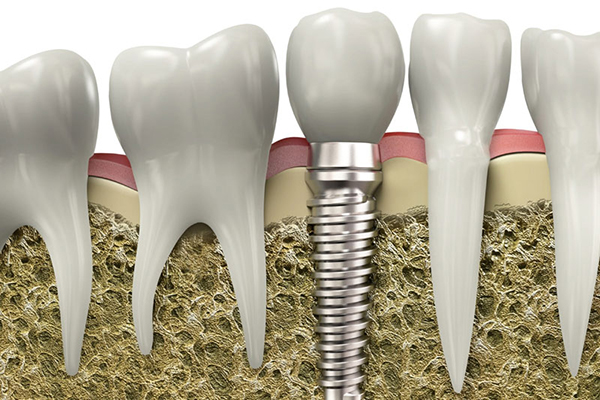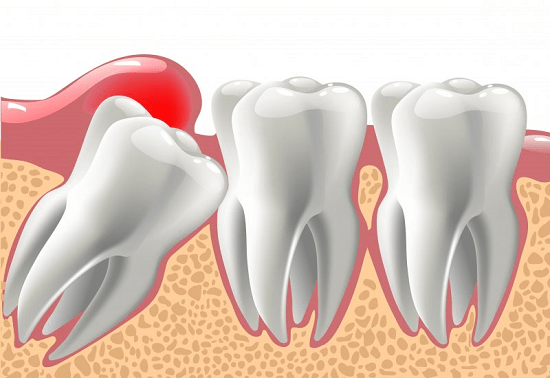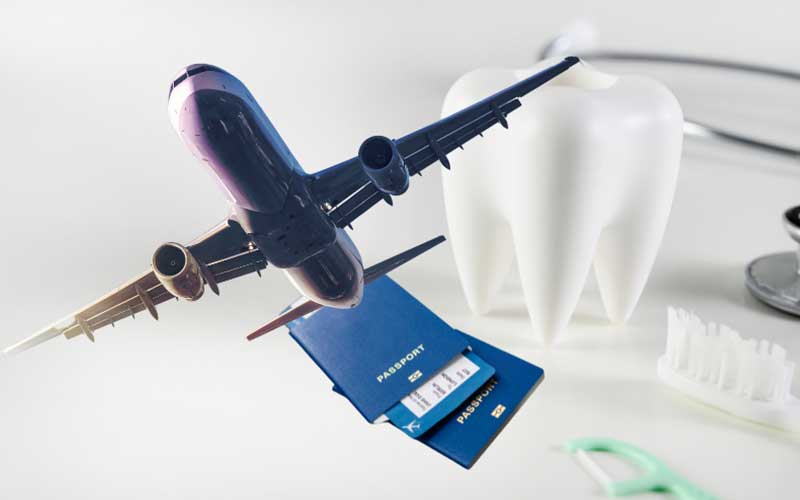Contents
What Are The Best Solutions For A Missing Tooth?
Tooth loss can be a traumatic experience for many people. It can lead to difficulty in chewing, speaking, and even self-confidence. In the article below, we will discuss the causes, consequences, and treatment of tooth loss.
What is tooth loss?
Tooth loss refers to the loss of one or more teeth due to trauma, decay, or other factors. Losing a tooth can be a traumatic experience, and it can have a significant impact on your appearance, speech, and ability to eat.
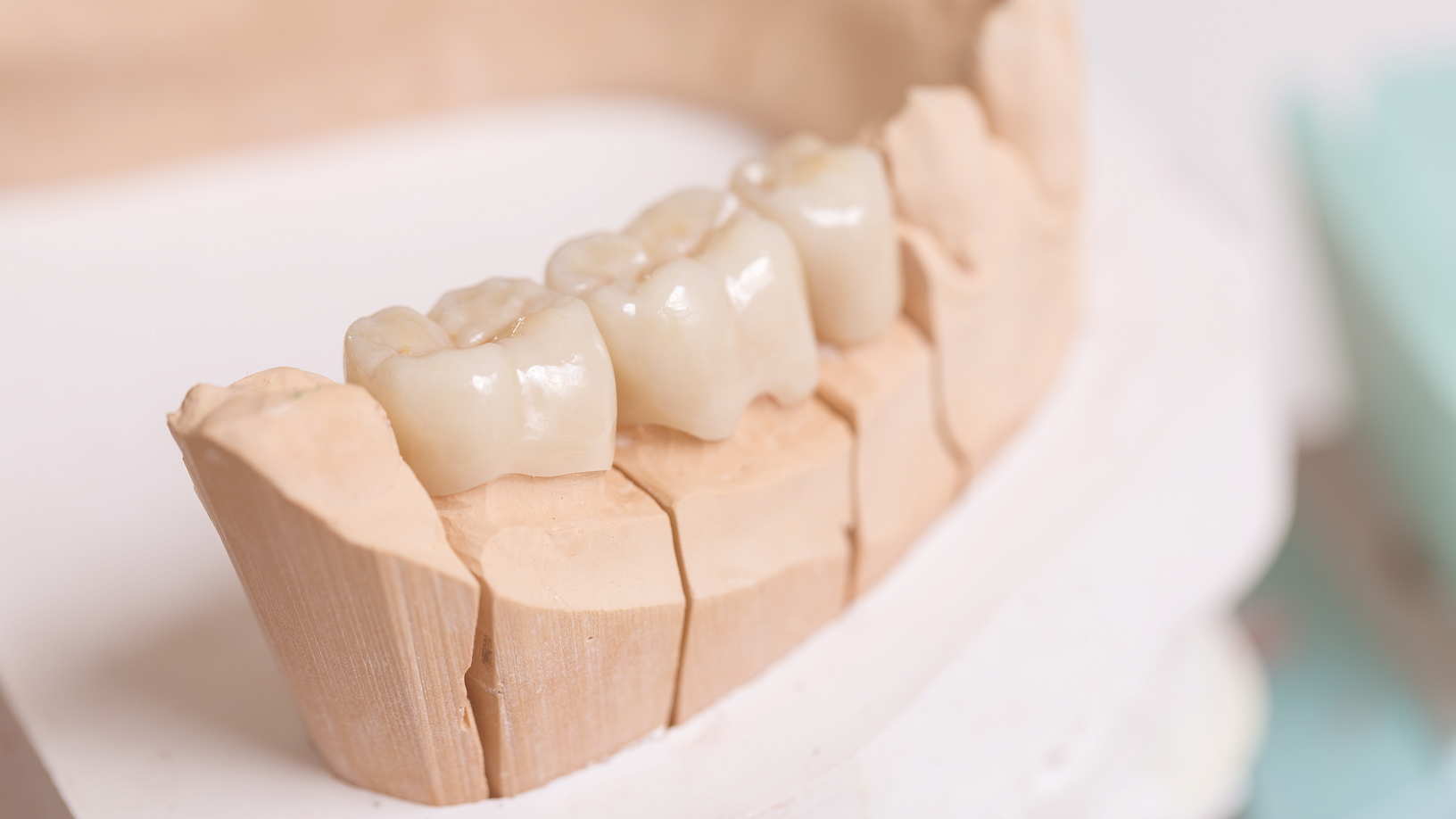
What are the causes of tooth loss?
Gum Disease
Gum disease, also known as periodontal disease, is one of the leading causes of tooth loss. It is caused by plaque and bacteria on the teeth and gums, which can lead to inflammation and infection. Over time, this can cause the gums to pull away from the teeth, creating pockets where more bacteria can grow. If left untreated, gum disease can cause the teeth to become loose and eventually fall out. The best way to prevent gum disease is to practice good oral hygiene, including brushing and flossing regularly and visiting your dentist for regular cleanings.
Tooth Decay
Tooth decay occurs when plaque and bacteria on the teeth produce acids that eat away at the enamel. This can cause cavities to form, which can eventually lead to the destruction of the tooth. If a cavity is not treated promptly, it can spread to the pulp of the tooth, causing an infection that can lead to tooth loss. The best way to prevent tooth decay is to brush and floss regularly, limit sugary and acidic foods and drinks, and visit your dentist for regular checkups.
Trauma
Trauma to the mouth can also cause tooth loss. This can occur from a fall, sports injury, or accident. In some cases, the tooth may be able to be saved if it is re-implanted quickly and properly. However, in other cases, the tooth may be too damaged to save and may need to be extracted. To prevent traumatic tooth loss, it is important to wear a mouthguard when playing sports and to be cautious when engaging in any activities that could result in a blow to the mouth.
How to prevent tooth loss?
The best way to prevent tooth loss is to practice good oral hygiene and visit a dentist regularly. Brushing twice a day, flossing daily, and using mouthwash can help prevent tooth decay and gum disease, which are leading causes of tooth loss. If you experience any dental problems, such as pain or sensitivity, it is essential to seek treatment promptly to prevent further damage and potential tooth loss.
The consequences of tooth loss
Difficulty Speaking Clearly
Our teeth play an essential role in shaping the sounds we make when we speak. When we lose a tooth, it can affect our ability to pronounce certain words correctly. This can lead to miscommunication, which can be frustrating and even embarrassing.
To prevent difficulty speaking, it is essential to replace missing teeth with options such as dental implants, bridges, or dentures. These options can restore your ability to speak clearly and improve your quality of life.
Decreased Self-Confidence
One of the most apparent consequences of tooth loss is decreased self-confidence. When we lose a tooth, it can affect our appearance, which can lead to feelings of insecurity. We may start to avoid social situations, stop smiling, or even cover our mouth when we speak. This can have a significant impact on our mental health and overall quality of life.
Bone Loss
Another severe consequence of tooth loss is bone loss. When we lose a tooth, the bone that once supported it begins to deteriorate. Over time, this can lead to a loss of bone density in the jaw, which can cause the surrounding teeth to shift and become loose. This can lead to further tooth loss, making it more difficult to eat and speak properly.
Digestive Problems
Tooth loss can also lead to digestive problems. Our teeth play a crucial role in the digestive process by breaking down food, making it easier to swallow and digest. When we lose a tooth, we may not be able to chew our food correctly, which can lead to digestive problems such as acid reflux and heartburn and even lead to malnutrition.
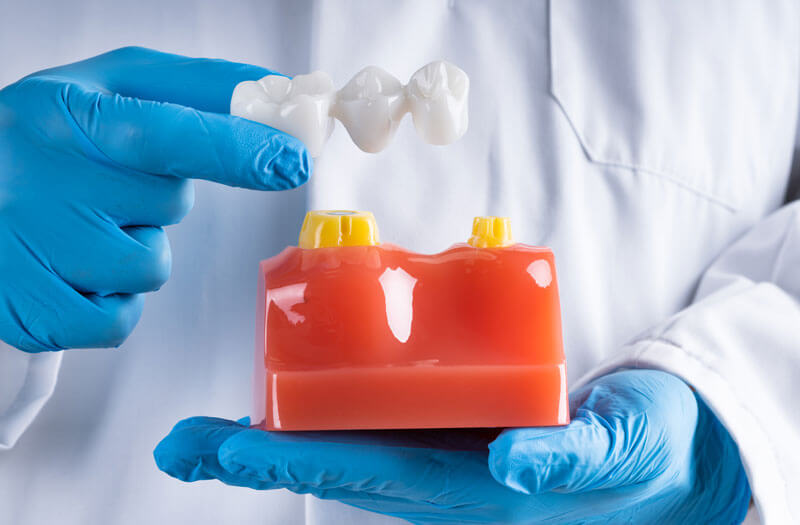
The best solutions for tooth loss
Removable dentures
Removable dentures have been a popular choice for individuals who have lost their teeth due to injury, decay, or age. This dental appliance is designed to replace missing teeth and improve the overall appearance of the mouth.
There are two types of removable dentures:
- Partial dentures
- Complete dentures
Partial dentures are used when you have one or more natural teeth remaining in your upper or lower jaw. Complete dentures, on the other hand, are used when you have lost all of your teeth in your upper or lower jaw. Both types of dentures are custom-made so that they fit your mouth and are removable for easy cleaning.
Removable dentures offer several benefits, including improved appearance, speech, and eating ability. They also help to support the facial muscles, which can sag when teeth are missing. Additionally, removable dentures are a more cost-effective option compared to dental implants, which require surgery and can be more expensive.
However, removable dentures have a drawback, which is being difficult and complicated to clean. Proper care of your removable dentures is important to ensure their longevity and effectiveness. To clean your dentures, remove them from your mouth and brush them with a soft-bristled brush and denture cleaner. It is important to avoid using toothpaste, as it can be abrasive and damage the dentures. Also, be sure to soak your dentures in a denture solution to help remove any bacteria and keep them moist.
Dental Bridges
If you have one or more missing teeth, dental bridges can be an excellent solution to restore your smile. It is typically made up of two parts: the abutments and the pontic. The abutments are essentially dental crowns that are placed on the teeth adjacent to the gap left by the missing tooth/teeth, while the pontic is the artificial tooth that fills the gap left by the tooth that is missing.
There are several types of bridges. Traditional bridges are the most commonly used type, and they consist of two dental crowns placed on the teeth on either side of the gap, with the pontic in between. Cantilever bridges, on the other hand, are used when there is only one tooth adjacent to the gap, and the dental crown is attached to that tooth. Maryland bridges have a pontic secured by a metal or porcelain framework that is bonded to the backs of the adjacent teeth.
Dental bridges offer several benefits. They can restore your smile and improve your ability to chew and speak properly. They also help to maintain the shape of your face and prevent your remaining teeth from shifting out of position. Moreover, they can distribute the forces of your bite more evenly, reducing the risk of damage to your remaining teeth.
Dental Implant
Dental implants are artificial teeth that are placed into the jawbone surgically. Once the implant is in place, a custom-made artificial tooth crown is attached to it, providing a strong and stable foundation that mimics the natural tooth.
Dental implants offer a number of benefits over removable dentures and dental; bridges. Firstly, they are a permanent solution to tooth loss, as the pots integrate with the jawbone and become a part of the patient’s mouth. This means that patients do not have to worry about removing their dentures every night or worrying about them falling out.
Secondly, dental implants look and feel just like natural teeth, which can improve a patient’s self-confidence and quality of life. They also allow patients to eat and speak normally, without any discomfort or difficulty.
Lastly, dental implants are a long-term investment in oral health. They can last a lifetime with proper care and maintenance, which can save patients from having to undergo costly and painful tooth replacement procedures in the future.
The process of getting dental implants typically involves several appointments with a dentist or oral surgeon. During the first appointment, the dentist will assess the patient’s oral health and determine whether they are a good candidate for dental implants. If so, they will create a treatment plan and schedule the surgery.
During the surgery, the dentist will make an incision in the gum and drill a small hole into the jawbone. The implant post is then placed into the hole and the gum is stitched closed.
Once the post has fully integrated with the jawbone, the dentist will attach an abutment to it, which serves as a connector between the post and the artificial tooth crown. The dentist will then place a custom-made crown on top of the abutment, completing the dental implant procedure.
In conclusion, tooth loss can be a devastating experience, but it is preventable. By maintaining good oral hygiene, avoiding sugary and acidic foods, and wearing a mouthguard when playing sports, you can reduce your risk of tooth loss. If you have already lost a tooth, there are several treatment options available to restore your smile such as removable dentures, dental bridges and dental implants. Remember to visit your dentist regularly for cleanings and check-ups, and don’t hesitate to seek treatment if you experience any dental problems.










